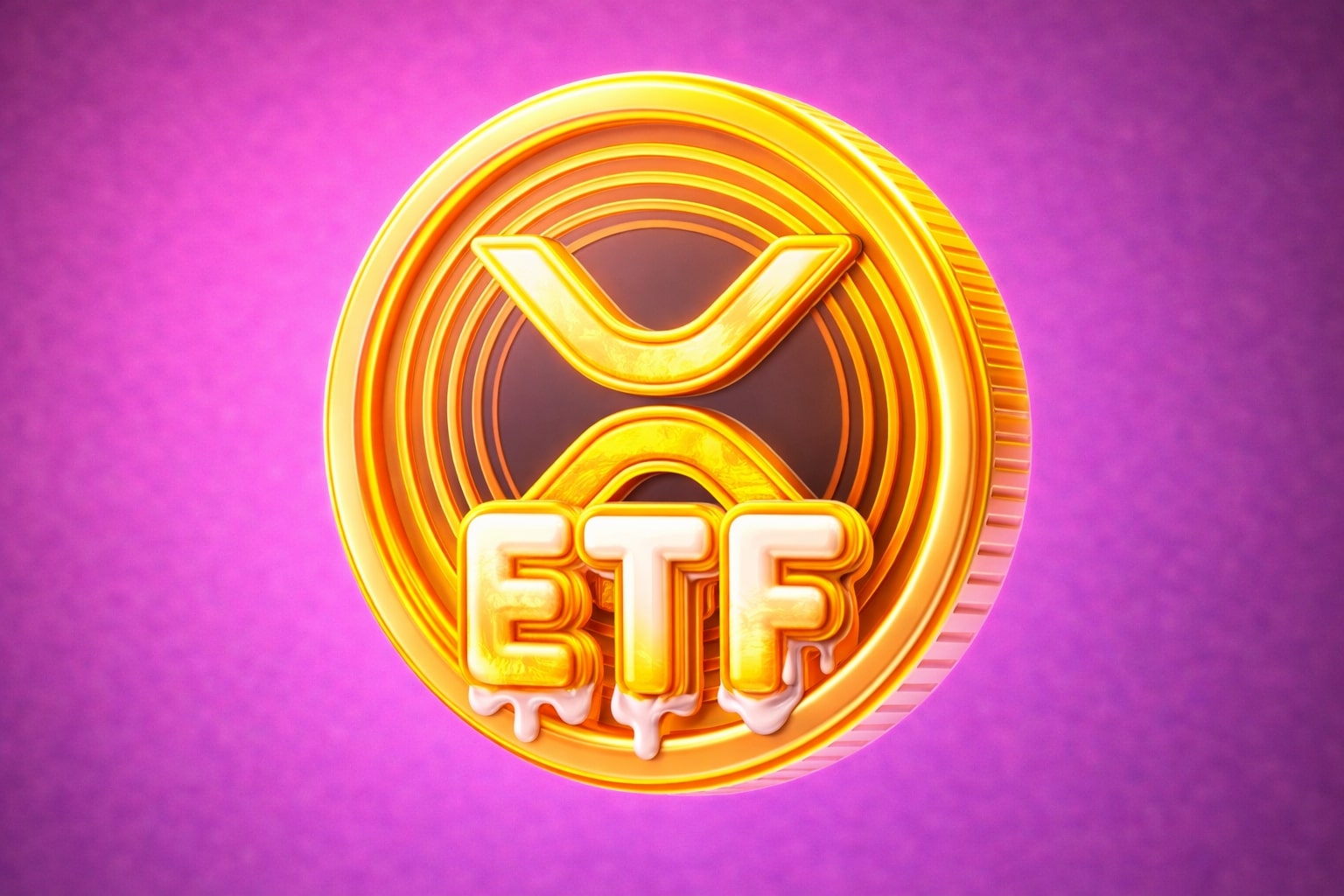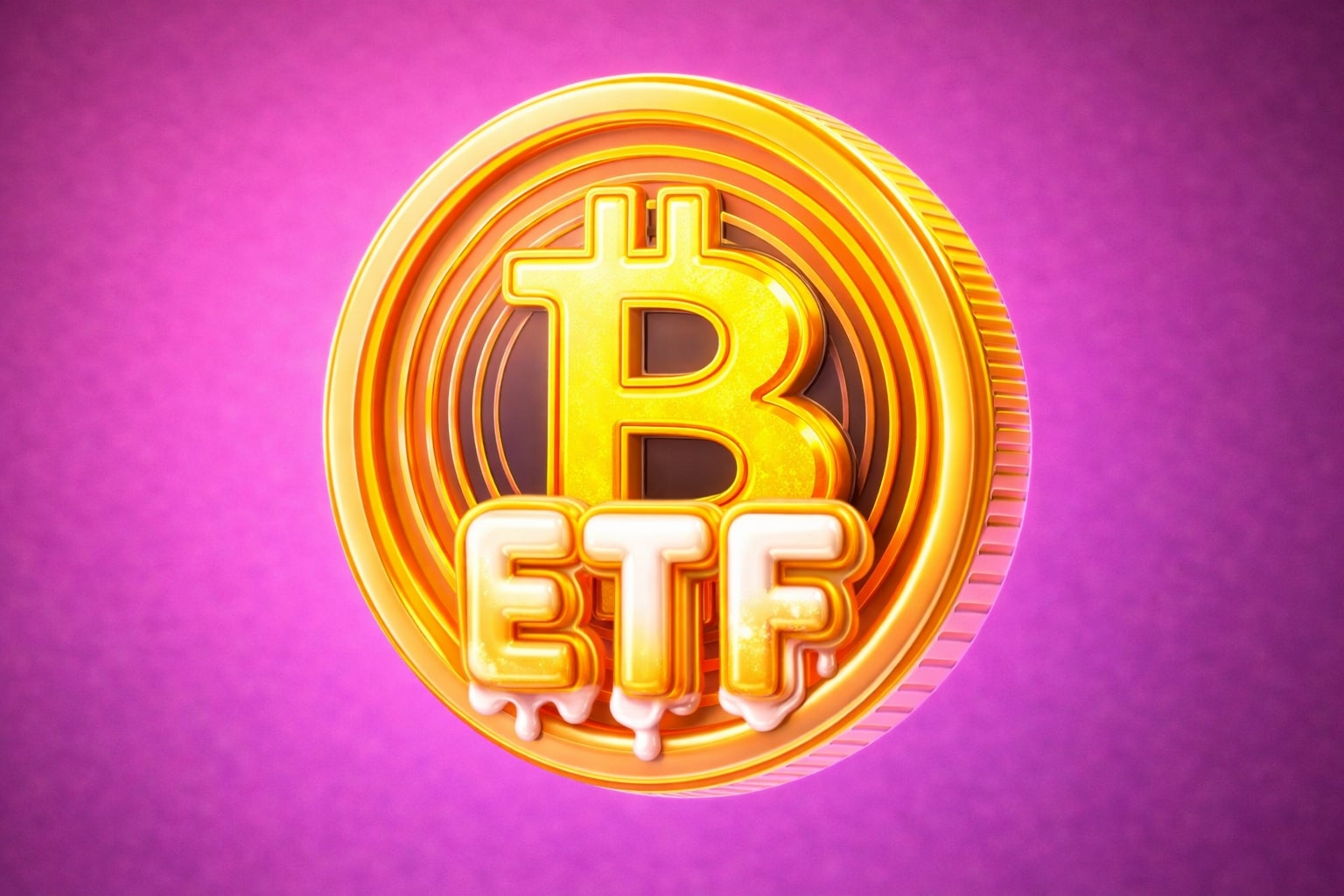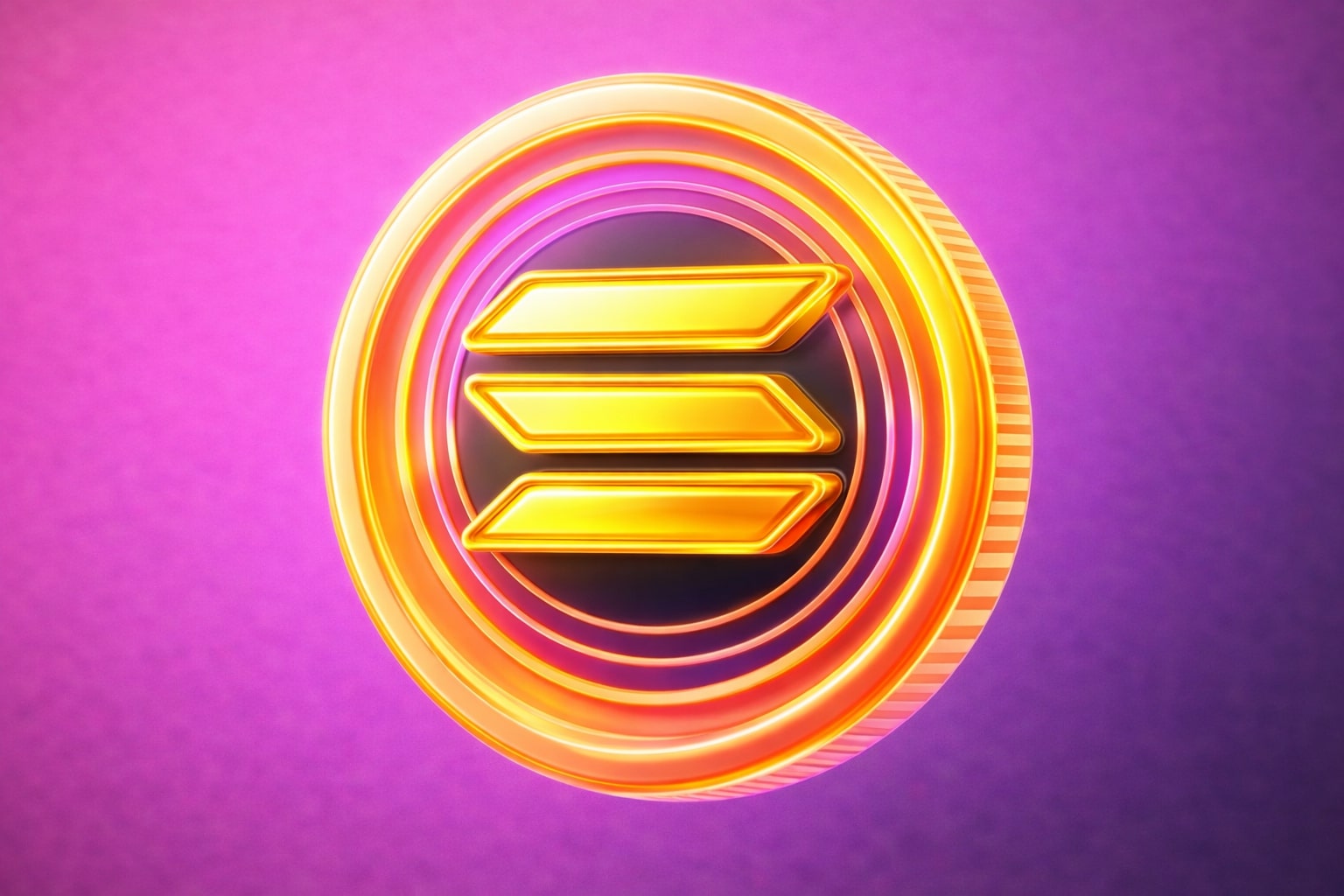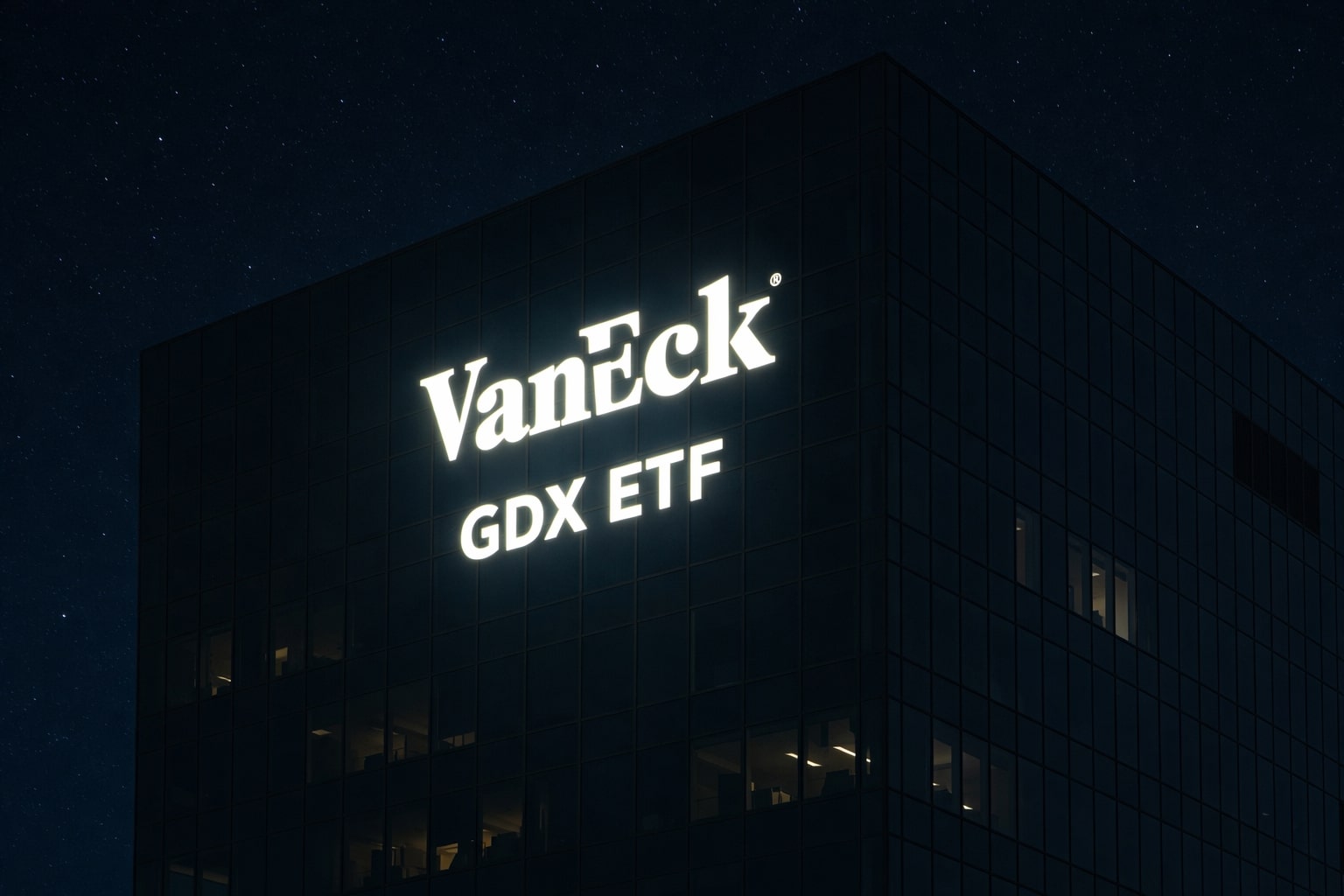The rush to gold or bitcoin
Exploring the Similarities and Differences between Gold and Bitcoin as Stores of Value with impact of inflation and interest rate
Gold and Bitcoin are two distinct asset classes with different properties and uses. However, they both have some similarities that have led to a connection between the two in the minds of some analysts and experts.
Gold is a precious metal that has been used as a store of value and medium of exchange for thousands of years. It has been seen as a safe haven asset due to its scarcity, universal recognition, and relatively stable value.
Bitcoin, on the other hand, is a decentralized digital currency that was created in 2009. It operates on a technology called blockchain and is not controlled by any government or financial institution. Bitcoin is often considered as an alternative store of value and medium of exchange, similar to gold, due to its scarcity (only 21 million bitcoins will ever be created) and its decentralized nature.
Both gold and bitcoin have been used as a hedge against inflation and currency devaluation, as well as a means to protect against financial uncertainty. Some people see them as complementary assets, with the potential to diversify portfolios and provide protection in times of market volatility.
In recent years, the popularity of Bitcoin has grown among those who see it as a potential replacement for gold as a store of value. On the other hand, some people remain skeptical of Bitcoin and prefer the stability and history of gold.
Inflation:
Gold has a long history of preserving its value in the face of inflation, which is a general increase in prices of goods and services over time. Because gold is a finite resource, its supply is limited and its demand often rises as the value of fiat currencies (like the US dollar) decreases due to inflation. This makes gold a popular hedge against inflation.
Bitcoin, being a newer asset, does not have the same track record as gold when it comes to protecting against inflation. However, some people believe that its decentralized nature and scarcity could make it a good hedge against inflation in the long run.
Like gold, Bitcoin can also be a hedge against inflation. Being a decentralized asset that operates independently of central banks, it is not subject to the same inflationary pressures as fiat currencies. Additionally, its scarcity - with a fixed supply of 21 million coins - could make it an attractive option for investors seeking to protect their wealth against rising prices.
Interest Rates:
Interest rates can have a significant impact on both gold and Bitcoin. Higher interest rates can reduce the demand for non-yielding assets like gold and Bitcoin, as investors may prefer to put their money in interest-bearing investments.
On the other hand, when interest rates are low or negative, demand for non-yielding assets like gold and Bitcoin can increase, as they may be seen as a better store of value than low-yielding or losing money in a savings account.
In this sense, both gold and Bitcoin can be influenced by changes in interest rates, but their reactions can be different and their overall impact is difficult to predict.
When interest rates are low or negative, Bitcoin may be more attractive to investors, as it offers the potential for capital appreciation and offers a higher return compared to traditional savings accounts or bonds. However, it's worth noting that Bitcoin is a highly volatile asset and its value can fluctuate greatly, making it a riskier investment compared to other, more traditional options.
Interest rates can also impact Bitcoin indirectly through their effect on the broader economy. For example, low interest rates can stimulate economic growth, which could increase demand for Bitcoin, while high interest rates can have the opposite effect.
Read More
-
GDX ETF at $88 While Gold Tests $4,400: Are Gold Miners Poised for $100?
19.12.2025 · TradingNEWS ArchiveStocks
-
XRP ETF Boom: XRPI at $10.94 and XRPR at $15.49 as XRP-USD Clings to the $1.80–$1.90 Zone
19.12.2025 · TradingNEWS ArchiveCrypto
-
Natural Gas Price Forecast: NG=F Hovering Near $3.92 As Weather, LNG And Storage Collide
19.12.2025 · TradingNEWS ArchiveCommodities
-
USD/JPY Price Forecast - Dollar to Yen Near 157 as BoJ’s 0.75% Rate Hike Backfires on the Yen
19.12.2025 · TradingNEWS ArchiveForex

















